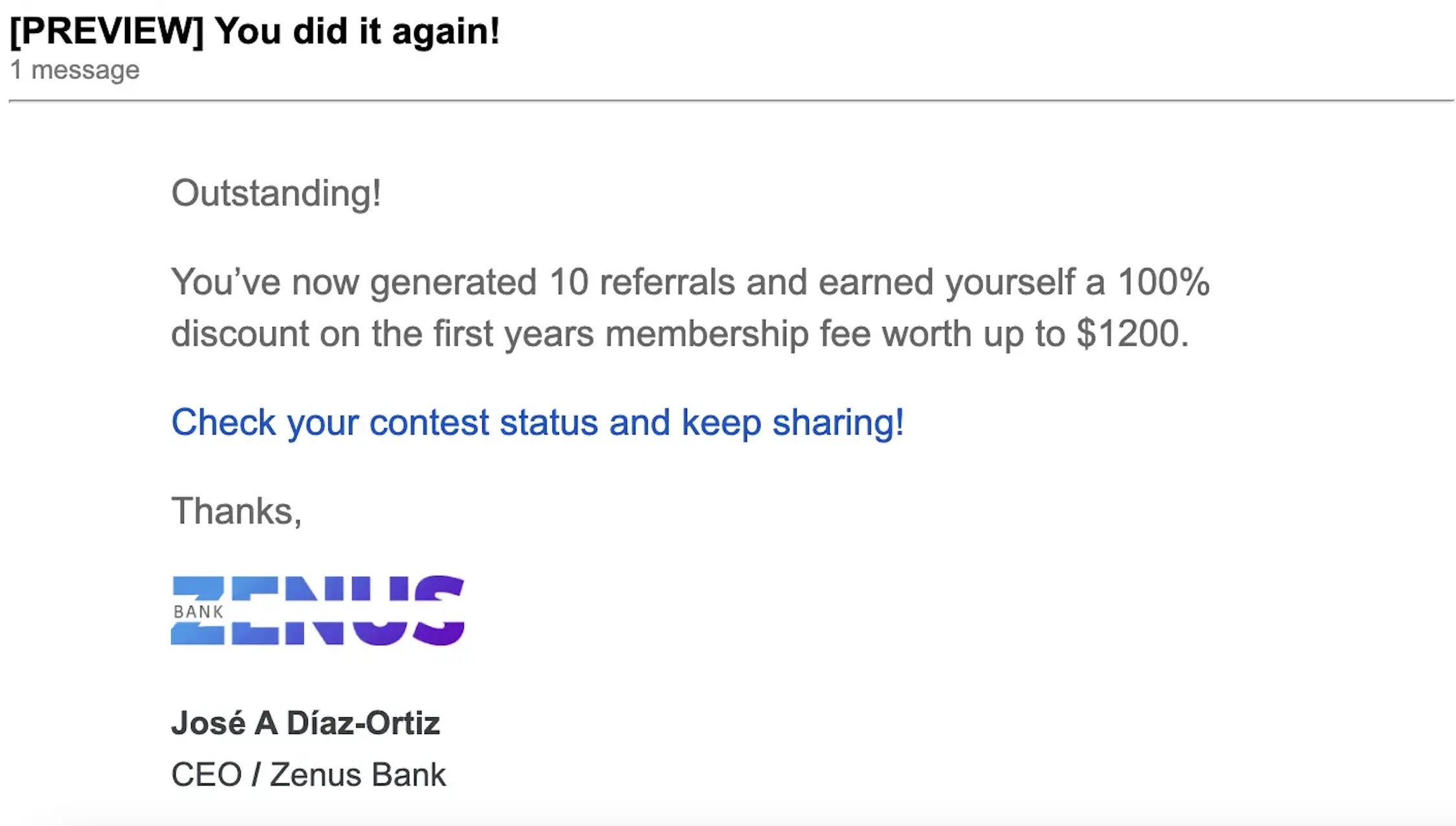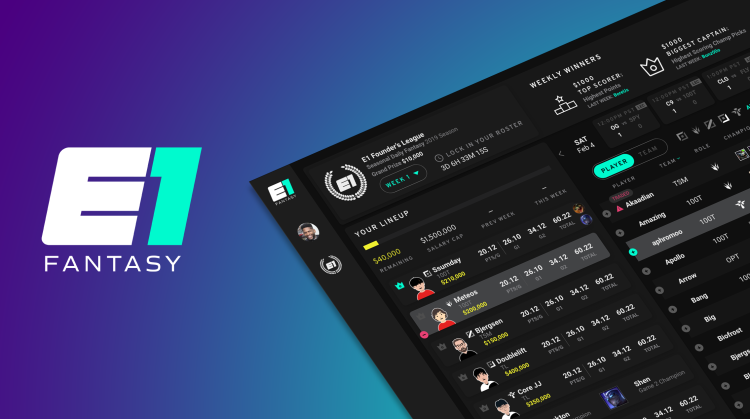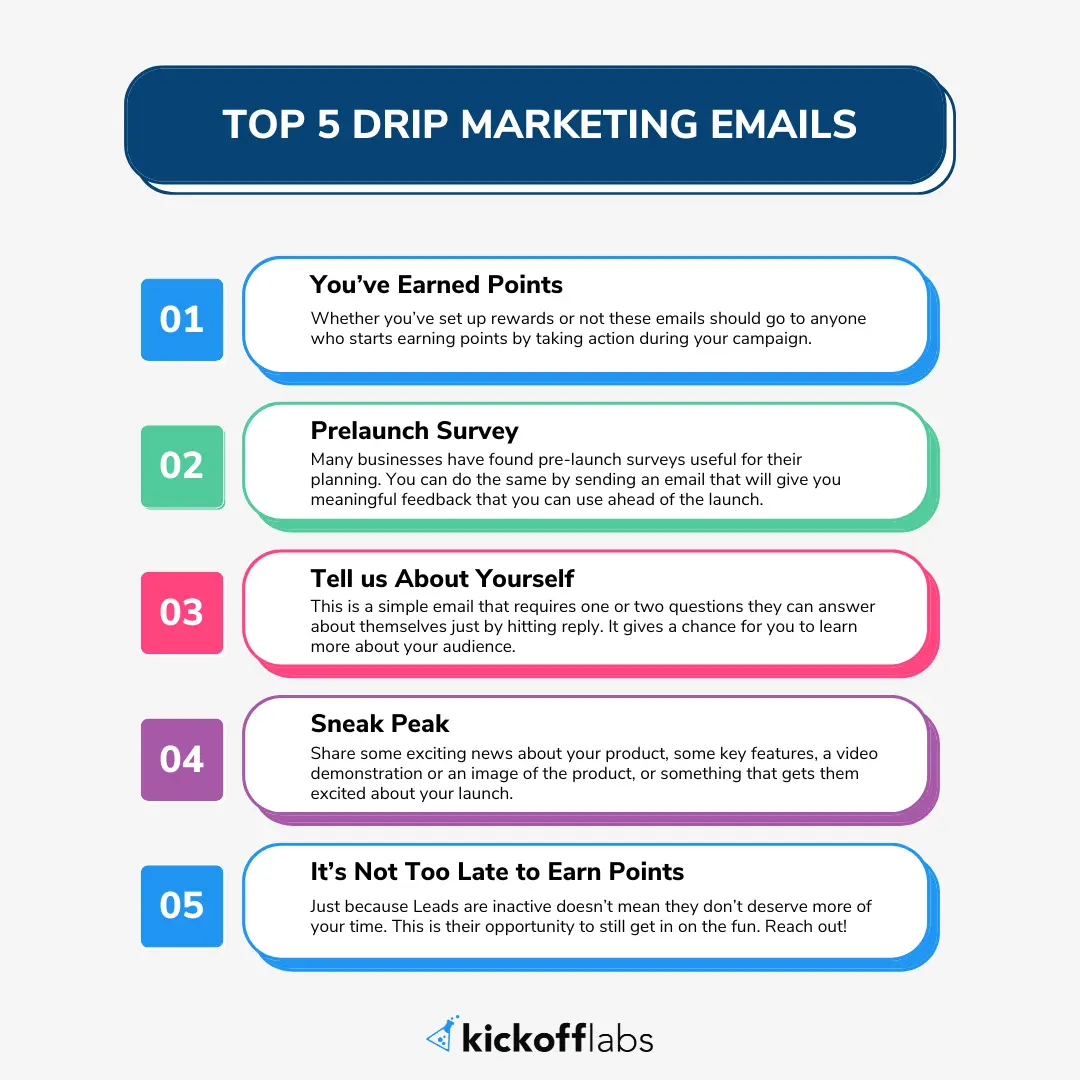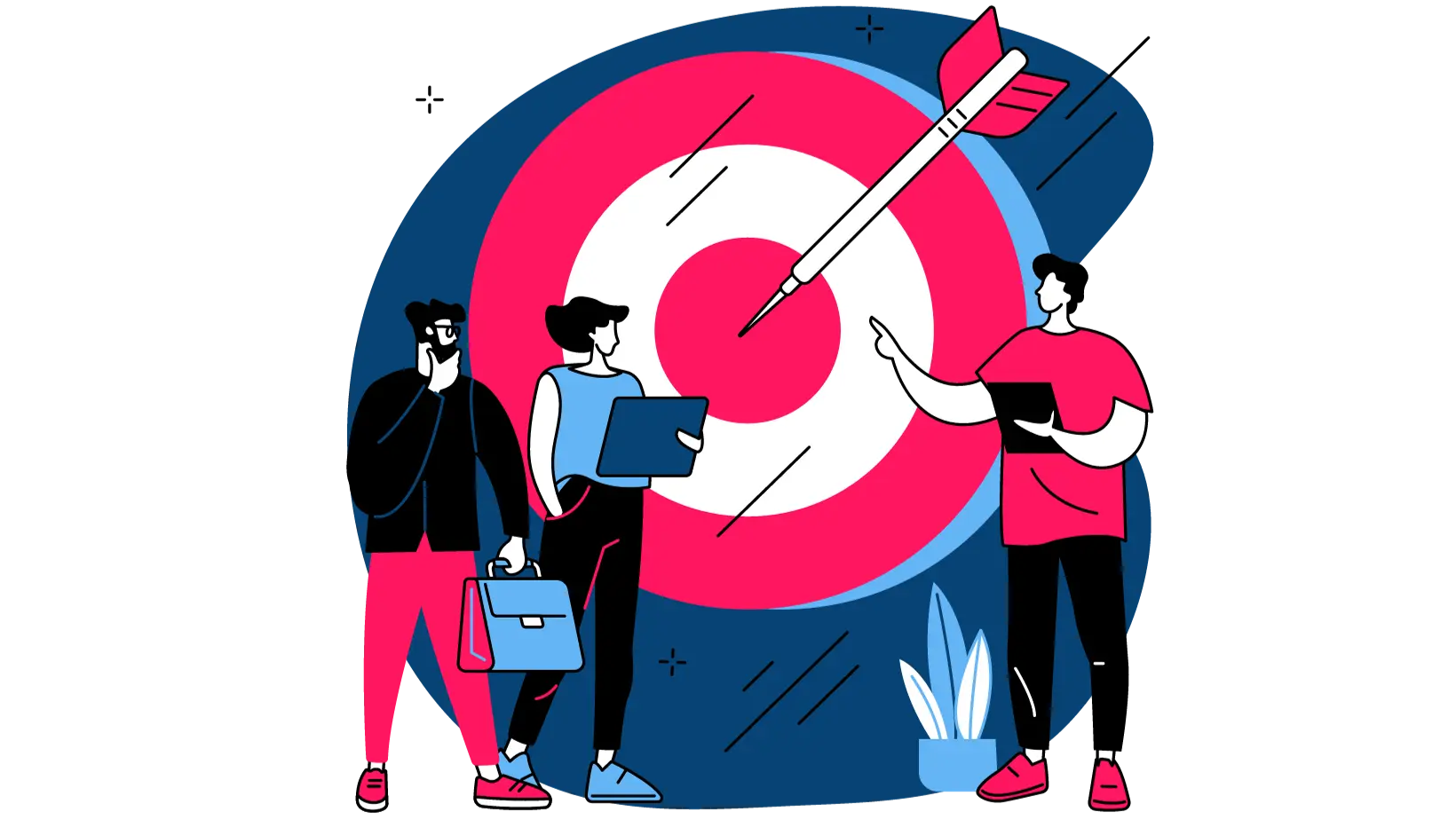- Work Backwards From a Sales Activation Goal
- Planning for Your Lead Target
- Maintaining Momentum During the Launch Campaign No Matter the Length
- Create a VIP Group With Early Access
- How to engage the broader launch list
- The Extension of the Launch After the Launch
- Deliver on the User Experience
- Ready to Validate Your Startup?
- Ready to launch into the market?
The zenith of startup validation arrives at the concept of a launch campaign. Many startups assume these processes are identical but they are indeed separate entities. Validation follows research, quantifying market interest in your unique concept. But if we delve into the heart of the matter: a launch campaign embodies your brand coming to life- stepping into the market in full gear.
There could be a whole other guide for your launch campaign, but we’re going to cover the basics of transitioning from validation to launch here.
Work Backwards From a Sales Activation Goal
Let’s assume an ambitious goal of $1,000 in revenue in the first month after a new product launch. How you have to ask (and answer) the following questions:
- How many customers do you need to make a purchase?
- What percentage of people on my launch list are going to purchase within the first month?
- Knowing that - how many people should we drive the pre-launch list to with room for error?
After extensive follow-ups with clients who have built a pre-launch waitlist on KickoffLabs, a successful activation rate falls between 5-12% in the first 30 days from the launch list of valid leads. Remember, allow room for a worst-case scenario and prepare for just 3-5% activation would be my advice.
Some things to keep in mind is that a higher priced product will generally have a lower conversion rate than a lower priced one. Use that advice when picking a conversion target.
Once you have a target number of leads required you need to ensure you run the pre-launch campaign and lead generation long enough to hit your goal.
Planning for Your Lead Target
If you are using advertising, rewards, or other incentives to collect leads make sure you have the budget per lead required allocated to fund your lead generation goal. This is also a good time to start building up more organic channels like SEO, Content Marketing, Guest Posting, and regular community engagement.
Maintaining Momentum During the Launch Campaign No Matter the Length

Launch campaign longevity depends on one crucial factor: ongoing engagement. Regular updates to your audience stimulate anticipation. These regular communications will help build your brand, keep your audience engaged, and reinforce anticipation for your launch. Potential platforms range from Slack and Facebook, to Discord - use these to garner even more audience engagement.
We strongly recommend at least one email a week throughout the pre-launch phase with a ramp up in the last couple weeks before and after the official launch. It sounds like a lot, but the biggest launch failures we’ve seen can be generalized down to a lack of consistent engagement.
Imagine you sign up for a waitlist and there is a lack of communication for long periods, such as 2-4 months leading up to a launch. The launch announcement is going to read like a cold email after numerous months of silence. It’s almost like re-introducing yourself, which forces your brand to recuperate lost ground on customer engagement. You’d be further away from the sale.
Create a VIP Group With Early Access

Take a listen to how the Esports One team crushed their launch by creating a VIP group. They did this by using KickoffLabs and sending themselves a notificaiton about anyone that had referred three friends. They then personally invited each one of those micro-influencers to join their VIP community. Here’s how they engaged with this VIP group:
-
Created a Dedicated Space: To foster a sense of belonging, have a dedicated space for the VIP community. This could be an online forum, a Facebook group, or a Slack channel.
-
Exclusive Access & Content: The core of a VIP community is exclusivity. Create content specifically for these VIP members. Direct communication with your team is key to making your VIPs feel truly valued. Having a dedicated line of communication for them emphasizes not only their importance but also expedites resolutions to their possible concerns.
-
Involved them in Development: Prior to launch, involve your VIPs in the development process. Feedback from these loyal customers can be invaluable, and they’ll appreciate being involved in the decision-making.
-
Provide Special Offers/Rewards: Consider giving VIP members early access to sales, exclusive discounts, or VIP exclusive contests. These special offers not only make the VIPs feel appreciated but also provide an incentive for other customers to aim to become VIPs.
-
Reward Loyalty: It’s simple, recognize and reward loyalty. Special rewards for VIP members who stay with your brand for a long time incentivizes long-term loyalty.
-
Create Brand Advocates: Give them access to marketing materials and behind the scenes images, stories, and videos they can help you share leading up to launch and become your first brand advocates.
-
Collect Social Proof: Since this group will have early access make sure you are getting some good testimonials and quotes you can share on your marketing site and sales pages.
How to engage the broader launch list

Now that you’ve built a larger list there are several things you can do to foster engagement and help with your launch including:
-
Drip Email Marketing: Setup a drip campaign, in advance of your launch, that introduces the final product, steps to purchase, success stories, and behind the scenes stories to build excitement. Get a more exhaustive list of emails to send during your launch phase.
-
Retargeting Campaigns: Use the information generated from your launch list to drive retargeting efforts. By focusing on people who have already shown interest, you can increase your chances of conversion and sales. You can use this email list create similar audiences in Facebook and Google for advertising.
-
Tracking Metrics: Use the data from your launch list and subsequent product launch to track key performance indicators (KPIs). Metrics like open rate, click rate, viral boost, etc will give you an understanding of where to refine your marketing efforts.
The Extension of the Launch After the Launch
Your launch day is big, but what about the aftermath? This is where effective momentum plays a significant role. Instead of exhausting all energy on the launch day, spread it to the following weeks. Your launch campaign should extend a month or two beyond the initial day. Use this time to reinforce your brand and its value to your audience. This will help cement your product’s longevity and success in the market.
Deliver on the User Experience
A stale product in a competitive market is a sinking ship. The user experience is a major key in differentiating your brand. Looking beyond the product, the entire journey of the customer from sales inquiry to support speaks volumes about your brand value.
During this period it’s especially important to do things that don’t scale so you can create moments of joy for your first customers that they will talk about for years. Soon after our own launch we implemented features based on what our first customers wanted instead of going on what we thought the initial roadmap should be.
Ready to Validate Your Startup?
Transitioning from validation to launch? Make sure you have the right campaigns and tools in place:
- Pre-launch Waitlist - Build your launch list with validated, engaged early adopters
- Email Opt-in Campaign - Grow your audience with valuable pre-launch content
- Launch Giveaway - Create launch day momentum with viral referral campaigns
Essential tools for a successful launch:
- Landing Page Builder - Create compelling launch pages that convert visitors to customers
- Analytics & Reports - Track activation rates, conversion metrics, and post-launch performance
- Email Marketing - Execute your launch email strategy with automated drip campaigns
- Referral Tracking - Turn early customers into brand advocates who fuel growth
Ready to launch into the market?
Gear your startup for impactful results. Whether you’re starting new or reinventing the existing wheel, the right approach and strategy in your launch plan will make all the difference. Let’s work together to prepare your startup for a seamless journcy from validation through launch and beyond.
Sign up today at KickoffLabs.com and we’ll be there to assist you every step of the way.
Read more Startup Validation with the next chapter:
12. 30 Day Validation Plan
At KickoffLabs, we’ve developed a process for setting up a successful prelaunch waitlist in 30 days.

